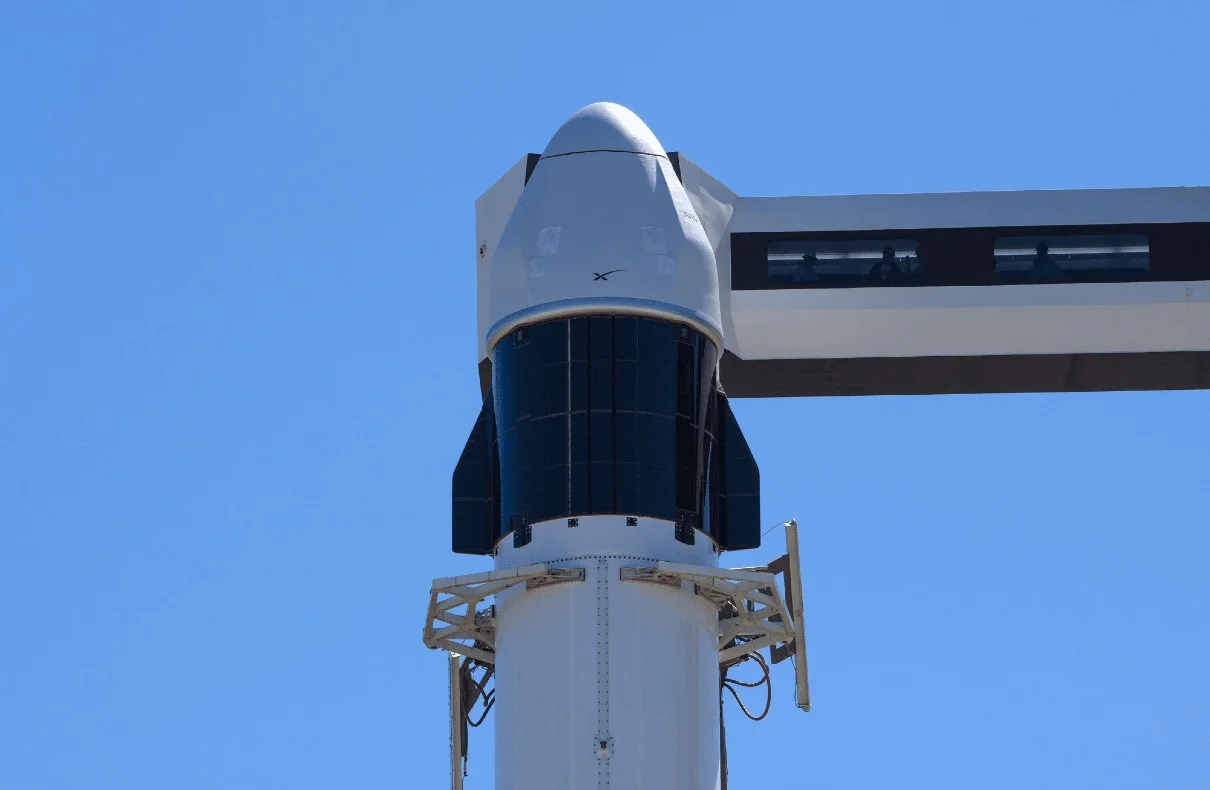
SpaceX, the leading private space exploration company, has achieved a significant milestone in its ongoing commitment to space exploration.
The uncrewed Dragon cargo spacecraft, part of SpaceX’s CRS-30 mission, launched from Cape Canaveral Space Force Station in Florida, initiating an orbital chase that lasted a day and a half. This journey ended when the spacecraft autonomously docked with the ISS, soaring 262 miles above the south Atlantic Ocean, just west of Africa.
The Dragon brought 6,263 pounds of fresh supplies, including food, research experiments, and station maintenance hardware. Below is a detailed breakdown of the cargo:
- Crew Supplies: 1,201 pounds / 545 kilograms
- Science investigations: 2,502 pounds / 1,135 kg
- Spacewalk equipment: 198 pounds / 90 kg
- Vehicle hardware: 915 pounds / 415 kg
- Computer resources: 55 pounds / 26 kg
Additionally, Dragon’s trunk contained a spare pump for the space station’s external thermal loop system, highlighting the mission’s integral role in maintaining the ISS’s functionality.
The CRS-30 mission marks SpaceX’s 30th commercial resupply service mission to the ISS. This successful mission is a testament to SpaceX’s commitment to advancing human spaceflight and maintaining a strong partnership with NASA.
Unlike other cargo vehicles, SpaceX’s Dragon is capable of atmospheric reentry and recovery after a parachuted splashdown in the ocean. This unique feature allows NASA to return experiments from the station, along with discarded waste, making the Dragon an invaluable tool in space exploration.
The Dragon will remain docked to the ISS for about five weeks before returning to Earth, carrying with it valuable scientific experiments for analysis back on Earth. This mission, along with future resupply missions, will continue to support the ongoing scientific research and technology demonstrations happening aboard the ISS.
